In 1769, a Spanish expedition led by Gaspar de Portolá set out overland from San Diego en route to Monterey Bay. They missed. Instead, they became the first Europeans to see San Francisco Bay. The territory they crossed would soon become known as Alta California, and the route they traveled would become, in part, the basis of the California’s El Camino Real. 250 years later it would be walked again by a writer who grew up in a town named for Portolá, but where few could tell you who he was.
Nick Neely’s new book, Alta California: From San Diego to San Francisco, a Journey on Foot to Rediscover the Golden State, recounts his solo journey through a landscape that Portolá would hardly recognize. Following the notes from the expedition, particularly the detailed journals of the Franciscan priest Fre Juan Crespí, Neely recreated the 650-mile trip over the course of 12 weeks and documented it with a naturalist’s eye for detail. It’s an epic adventure in the familiar style of a through-hiker’s travelogue, but instead of a long-distance wilderness trail, Neely traverses some of the most populated places in the Western US. Where Portolá had mules, scouts and open country, Neely had a cell phone, a Safeway Club Card and “No Trespassing” signs.
Impressions of California from the outside are often hilariously oversimplified, but even within California it can be easy to forget just how many Californias there are, both in landscape and in culture. Alta California provides a rare ground-level transect of the state that shows not just how much has changed, but how much is still in flux. It might also make you wonder, no matter where you are, what adventures could be had just down the road.
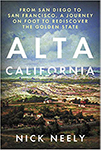
Pick up a copy of Alta California: From San Diego to San Francisco, A Journey on Foot to Rediscover the Golden State, by Nick Neely: Order Now From Your Local Bookstore
What inspired you to trace Portolá’s route today?
I grew up in Portola Valley in the Bay area, near Stanford University in Palo Alto, so I’d always had the name in my mind. But I didn’t really know who Portolá was or what the Portolá expedition achieved beyond being the first Europeans to glimpse San Francisco Bay. I had always imagined they had come over the Santa Cruz Mountains in my town, because why else would you name it Portola Valley? I was disabused of that notion only as an adult, so the whole book is a project to learn the history that I should’ve learned as a kid, should’ve been more interested in, and should’ve been taught.
Another thing that set it in motion is in my first book, Coast Range. I was writing an essay about the madrone, a lovely tree we have up and down the Northern California coast, and I learned it had been given its name by the Portolá expedition. It’s mentioned in the journals of Padre Juan Crespí. That was sort of a revelation to me. I wondered what else the expedition had named, what they had seen, and the idea for this long walk became clear. I felt in my bones that I was going to take it on. I had dreamed of doing something like the Pacific Crest Trail, and this seemed like a more original walk and project for various reasons.
The whole book is a project to learn the history that I should’ve learned as a kid, should’ve been more interested in, and should’ve been taught.
It’s different in a lot of ways from the PCT, isn’t it? So much of the territory you cover from San Diego to San Francisco Bay is urban.
Yes, and that was definitely part of the appeal. In studying environmental literature in college and then in graduate school, one of the things that was often discussed and lamented was that there’s not a lot of strong environmental writing — especially literary environmental writing — set in urban settings, which is really needed because that’s where people live. That’s where we need to see our environment for what it is, and to see it closely. That’s where people can truly connect. We can’t all drive outside of the city limit. So this seemed like an opportunity to tackle that problem head-on.
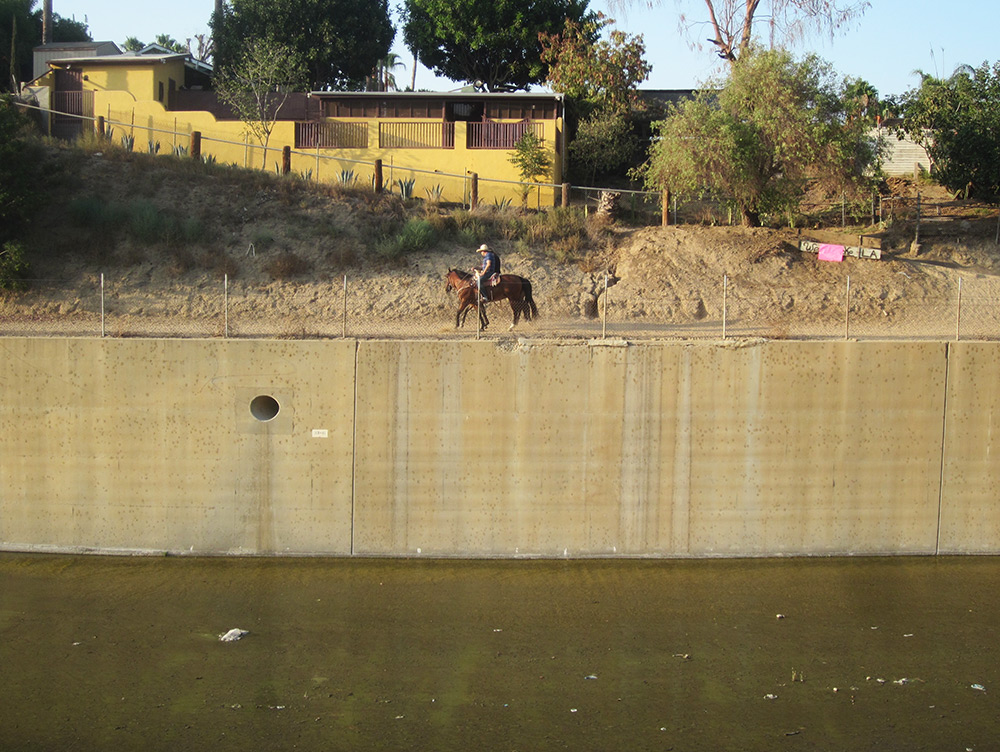
One thing that really struck me in your book was how you’re able to string so many parks together on your walk. And as a native Californian, I’ll admit that I don’t know many of these parks. Did you get the sense that the wild lands and the parks that we have are being well used?
Urban parks are usually overlooked unless you’re in the neighborhood, but those are very well used. They’re also really well used by wildlife: birds dropping in on their migrations, little wildlife corridors along creeks through urban areas that connect to larger parks. Larger swaths of land and state parks, most of that is not really used or explored, except by the adventurous mushroom hunter and the like. We stick to the trails in those parks, so we touch only a small percentage of the land.
On your walk, you couldn’t always stick to Portolá’s trail, you had to create your own way. How did you go about finding a route?
I would mostly just follow my nose. I didn’t have any great fears about getting lost. My phone was my scout. It was interesting to think about the difference between me and my handheld device and a party of scouts on horseback going forward to find water and make first contact with native villages. It shows just how much has changed.
Doing this trip without a phone would’ve been a much different experience. I would have spoken to a lot more people had I not had my phone to rely on. I was looking at maps, I was reading information about the places that I was passing through. If I had needed to ask in person at the local corner store, I would’ve had a lot more conversations and made more friends. Some of the isolation that I felt was probably brought on by technology.
How did the people you encountered generally react to you and your mission?
They were always amazed. Not everyone has attempted a big hike, and those who have are even more amazed because they know what goes into it. For many it’s just unfathomable. I was a curiosity. But people were friendly.
I grew a beard, which maybe wasn’t the right choice. I reflected on this later. I like to think that I’m pretty approachable and not all that scary, but some people were wary, and not everyone can tell the difference between a through-hiker and a bum. Some people would take one look and turn their dogs the other direction. But the most interesting people, the people I really wanted to profile in the book, I always found were respectful and we connected.
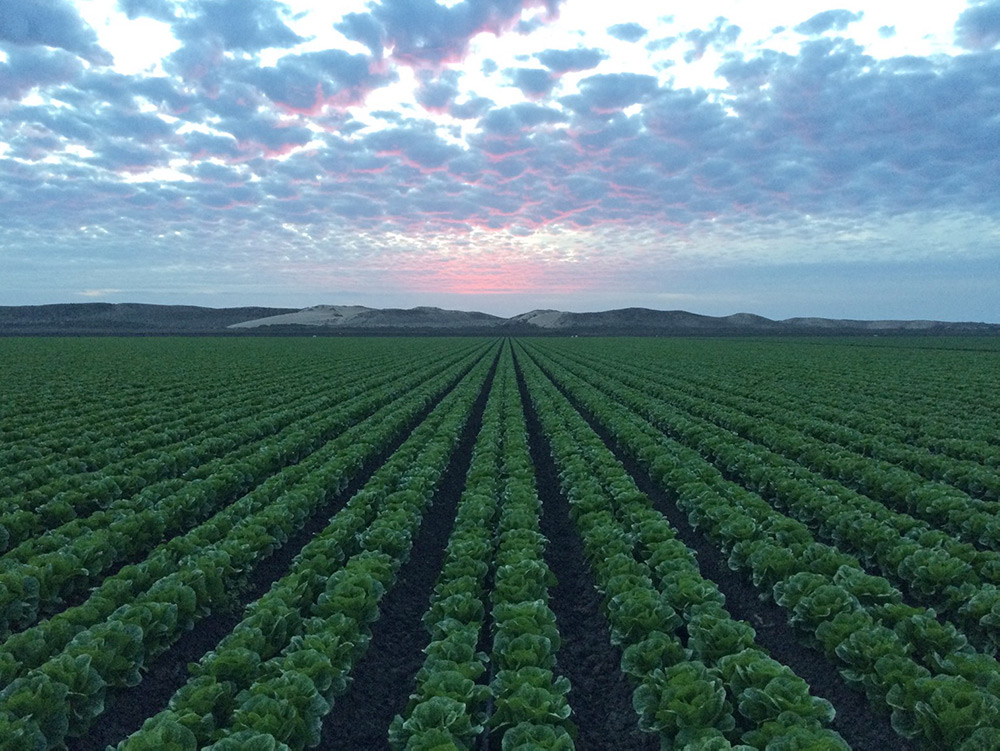
Did you gain any perspective on this trip about the housing problem and the homelessness issue in California as you encountered it in various places?
My walk was a real survey of one slice of the state, the most populated portion. It was eyeopening to see consistently the homelessness we have, in downtown LA, and also in Ventura, where the delta of the Ventura River is full of pockets of encampments. It made me recognize the privilege of my position. I was taking on this outdoor camping lifestyle by choice, and with a lot of support behind me. Having no choice but to live in the outdoors is really rough.
I don’t bring up statistics about the homelessness problem in the book because those will wax and wane. But I did try to profile and show the reader signs of homelessness and destitution and how they’re part of our exclusive California lifestyle today.
Has your perspective on private property and how we treat it in America changed because of the challenges you encountered?
I only crossed enormous private properties. I didn’t leap through backyards, and I wouldn’t want to do that. But the big chunks are major impediments to through-hikers who travel up the coast. I felt that was something I should do, because this book had a public purpose and I felt it would be meaningful work in terms of recording important sites in California history and taking a snapshot of what we have now. But yeah, on this walk it proved to be a series of major challenges.
It was interesting to reflect on the fact that the Portolá expedition had free passage through all these lands that were the territories of various native tribes. They had been embraced. They were given food. You couldn’t really say that the land was unclaimed, of course — it was divvied up among tribes and, and there were territories that were more like commons where multiple tribes would converge for resources. Our relationships with the land has changed so dramatically and I don’t think it’s made life easier, it’s only spread wealth in ways that are inequitable.
Did you encounter places or moments where the past and the present merged? Where the world described by the Portolá expedition was still there?
I often had that feeling, but I tried to remember that it was really an illusion or romanticism. You’re walking down a road and you see what looks like a preserved hillside or a range of foothills with oaks, but then it’s swept over with European grasses. It’s been thinned or the trees have been cut. Cattle have grazed it. And in the other direction you have suburbs. I would often marvel at being right on the edge of a new development: look one way and it’s really heavily built, and the other way it’s still old ranch land.
But yeah, I often felt like maybe this is what it felt like to be on the expedition, but pretty quickly a semi would blow by.
There were areas where I was walking on wide trails and it was interesting to think there were probably wide trails heavily used by natives. The trail system already existed. It wasn’t as if they were crossing untouched land.
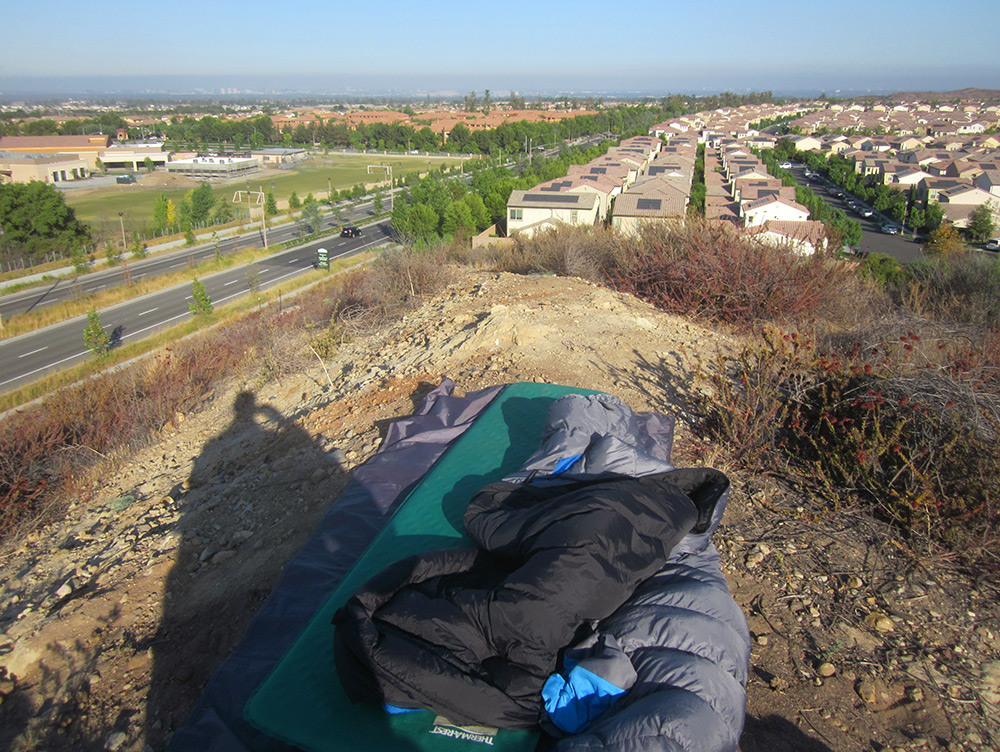
Is this a kind of travel that you would recommend other people try?
Oh, totally. It’s extraordinarily entertaining. You see a lot — arguably you see more than when you’re on a wilderness trail. Just the diversity of sites between the wildlife, the roadside wildlife, the roadside spectacles and human sights.
We tend to think of the places we live as a places that aren’t for adventure, but there’s so much adventure to be had right at home.
You have to be a little bit more on your guard, a little bit more alert, whereas you can zone out on a wilderness trail. Zoning out while you’re crossing the street is a bad idea. We tend to think of the places we live as a places that aren’t for adventure, but there’s so much adventure to be had right at home.
Pie or cake and where?
I would go with pie. Probably my mother’s apple pie. In this book, I ended up in my hometown and stayed with my parents after the walk. I don’t live in California anymore, so it felt like a double homecoming to do the walk and then actually end up where I grew up. So, mom’s apple pie.
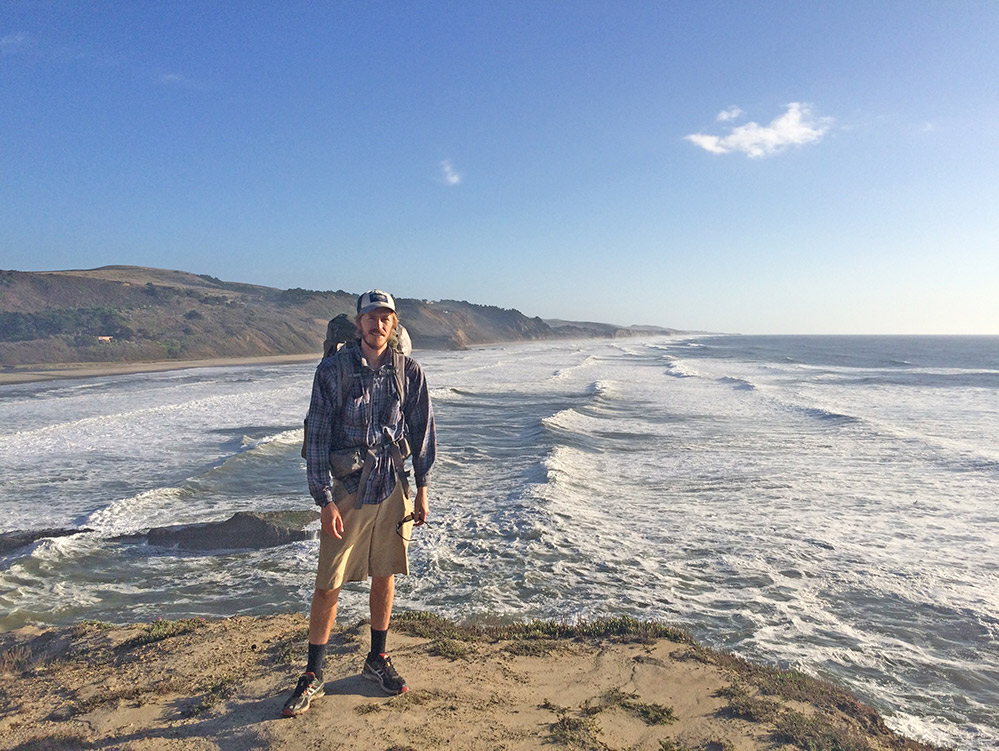
Nick Neely lives in Hailey, Idaho, with his wife, the painter Sarah Bird. His first book, Coast Range, was a finalist for the John Burroughs Medal for natural history writing. Find out more at nickneely.com and follow him on Twitter @nsneely.
If you enjoyed this interview, grab a copy of Alta California: From San Diego to San Francisco, A Journey on Foot to Rediscover the Golden State
